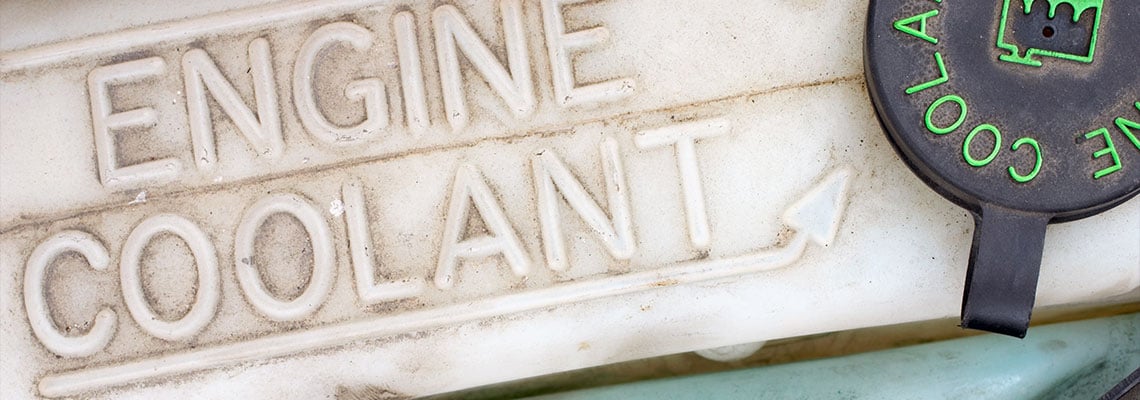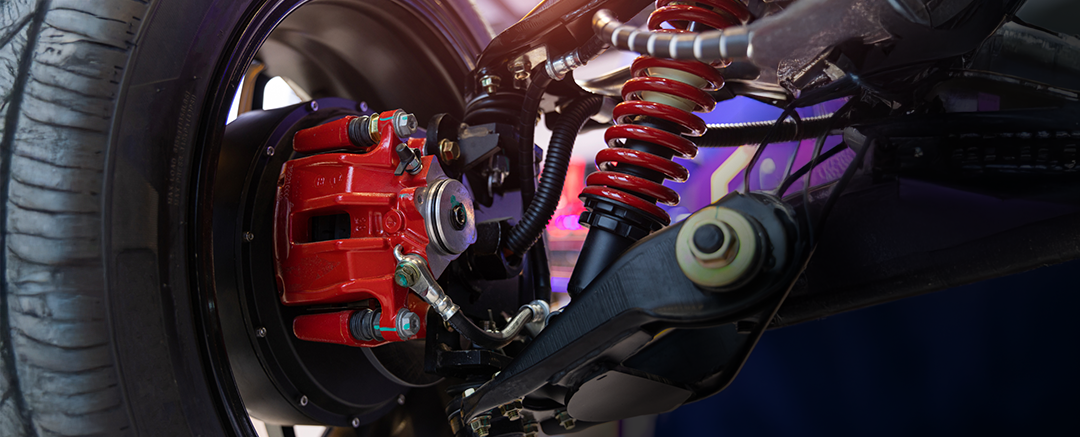When planning an extended vacation, there are dozens of details to consider. You’ve got a dog sitter lined up and your out-of-office notifications scheduled — but have you considered what you should do with your car while you’re gone?
Fortunately, it’s easy to get your vehicle ready to sit safely.
Basic Maintenance for Leaving Your Car
Whether you’re leaving your car parked in a garage, driveway or airport lot, there are some basics you should do before heading off on your trip:
Wash your car. Water spots, dust and bird droppings can all degrade your car’s paint job if left to sit for too long. Washing your car before you leave ensures that the surface is protected from damage. However, make sure you wash your car by hand with soap specifically made for the job; automatic car washes can scratch your paint.
Check your tire pressure. Even a tiny leak or puncture can deflate your tires while parked. Make sure the tires are at their highest pressure so you aren’t surprised by a flat. Always go by the PSI on your car’s door instead of on the tires themselves for the most accurate pressure levels.
Fill the gas tank. Topping off your gas tank before you go will prevent moisture from accumulating in the tank and the seals from drying out. If you’ll be gone for longer than 30 days, add a fuel stabilizer (available at auto parts stores) to prevent the gas from deteriorating for up to 12 months. It’s simple to use; just measure and pour the listed amount into your tank.
Schedule regular drives. If you’ll be gone for an extended time, ask someone to take your car out for a 15-minute drive every two weeks to keep the battery charged. If you’re unable to find someone to drive your vehicle, either disconnect the battery or purchase a trickle charger.
Avoid using the emergency parking brakes. If the brake pads are left in contact with the rotors for an extended period, they can fuse together and become unusable. If you’re concerned about the brakes failing, the safest option is to purchase a tire stopper.
Parking Options
Garage parking. If you have a garage, it’s the ideal place to leave your vehicle while you’re away. Garages protect cars from the elements and unwelcome intruders. However, you do run the risk of critters, like rodents, chewing up the car’s cables and wires. Lay out mothballs, and make sure your windows and sunroof are closed.
Driveway parking. If you’re leaving your car in a driveway, remove all valuables from inside the cabin to help prevent break-ins. You should also use a car cover that has a cable lock to prevent others from removing it and to protect your car from the elements.
Public parking garage. Storing a car in a public garage should be done with the same care as leaving it outside in a driveway. Remove valuables, park away from others and use a locking car cover.
Airport parking. Airport parking can give you peace of mind due to the security measures available, but keep in mind that if something does go wrong with your car, the airport often isn’t liable. Follow the same rules as other public parking — remove valuables and use a cover — and opt for covered parking if it’s available.
What to Do When You’re Back
Once you’ve returned home, give your car a quick inspection to make sure that everything is working properly. Complete this simple checklist before your next drive:
- If parked in your home garage, check under the hood for chewed wires and throw away the moth balls.
- Check the tire pressure.
- Check the brakes for any rust or buildup.
- Test the fluid levels.
- If parked without a car cover, rinse your car with water to remove dust and debris.
No matter the length of your vacation, it’s always smart to give your car a once-over before you leave to avoid any unpleasant surprises upon your return. Making a habit of routine car maintenance will not only extend the life of your car, but will also save you money by catching potential issues while they’re minor and more easily addressed.















